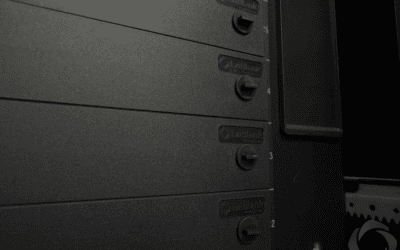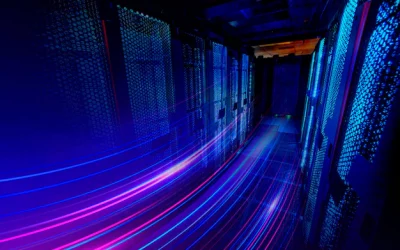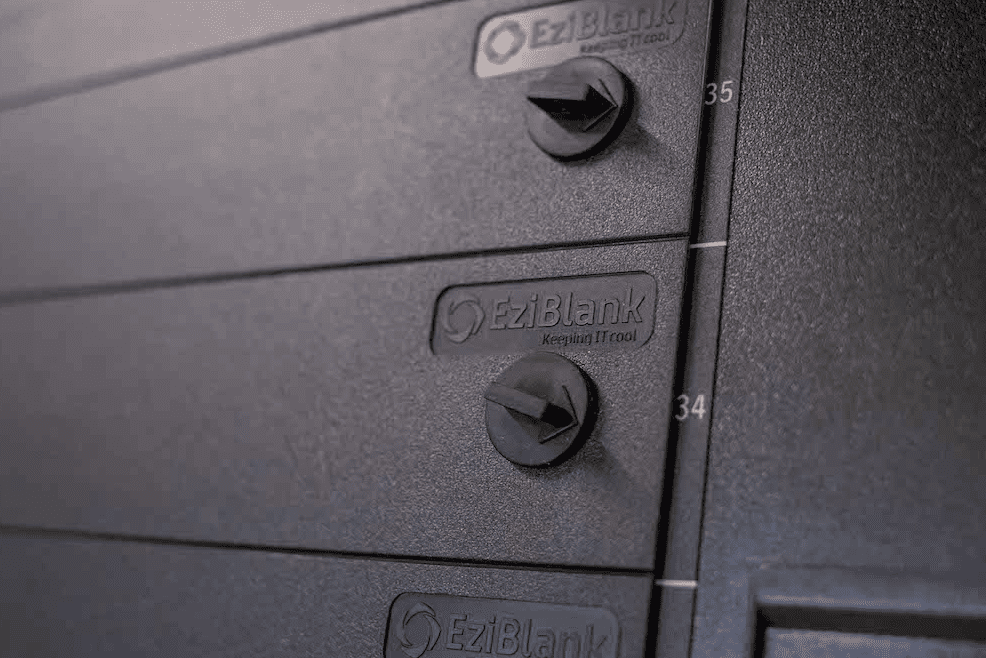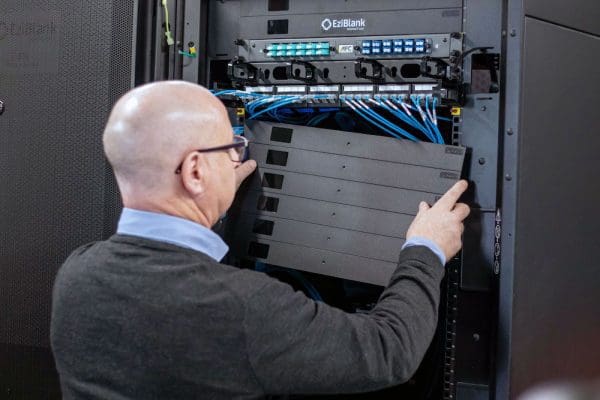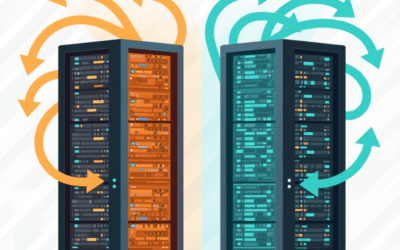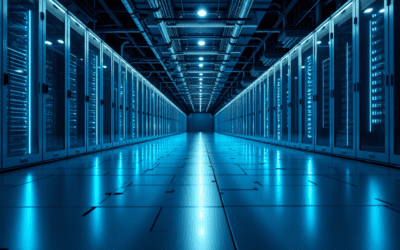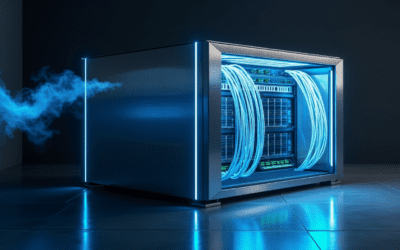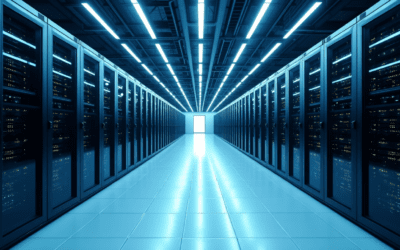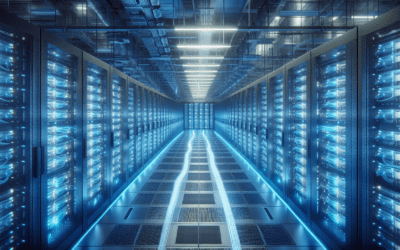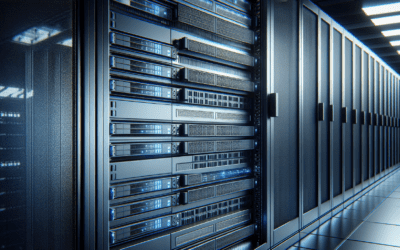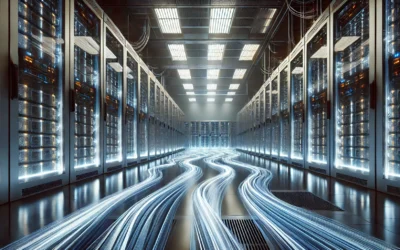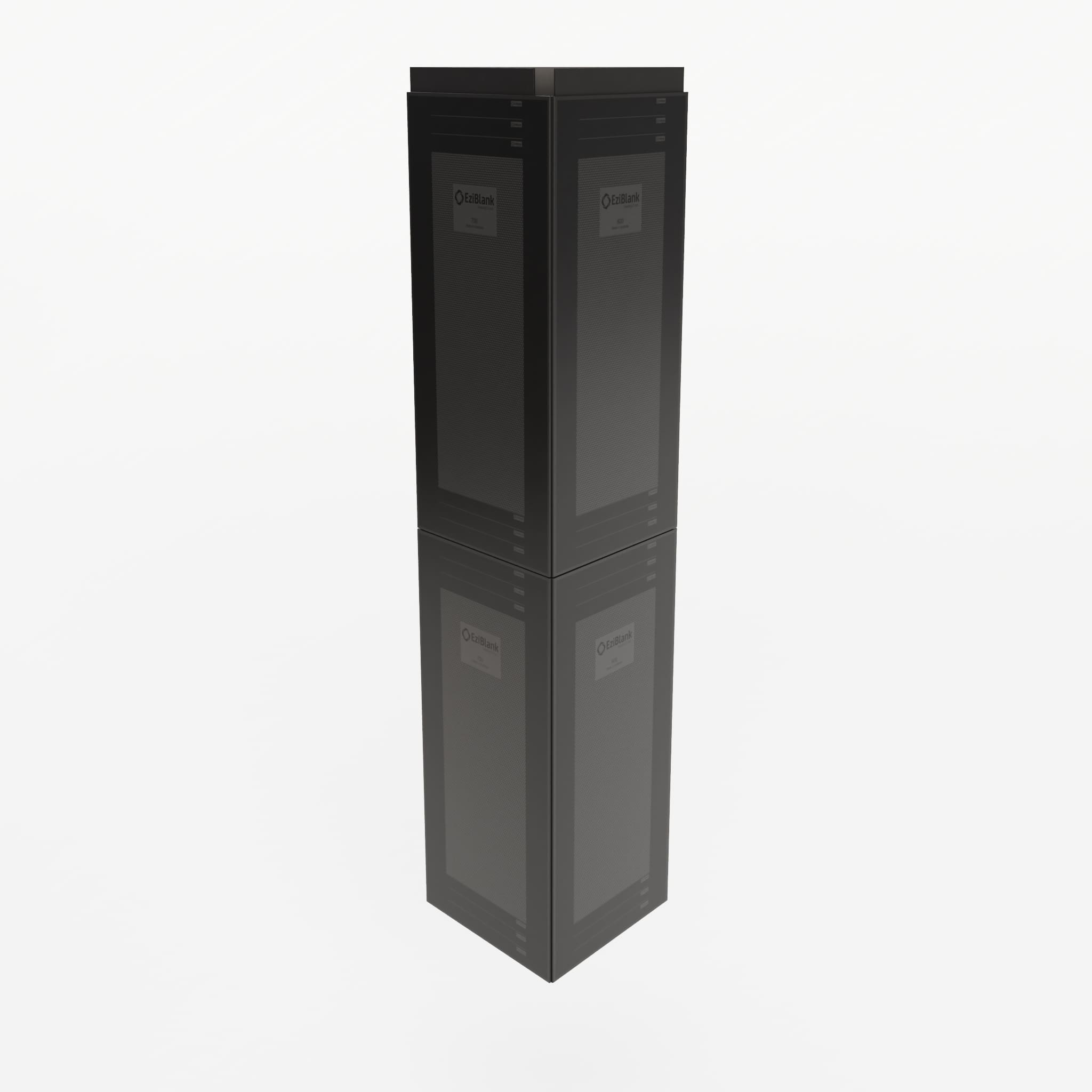info centre
News
How AI Is Transforming Australian Data Centre Cooling Strategies
As Australian data centres continue to expand in capacity, complexity, and thermal load, traditional data centre cooling systems no longer meet performance or efficiency demands. Artificial intelligence (AI) now plays a important role in reshaping data centre cooling...
Next-Gen Blanking Panels : Innovations in Design and Functionality
Next-gen blanking panels may not be the flashiest data center hardware, but they play a critical role in maintaining efficient airflow. Traditionally, these simple filler panels covered empty rack spaces to prevent hot air recirculation. Today, next-gen blanking...
Future of Data Center Cooling: Where Do Blanking Panels Fit in Tomorrow’s Tech?
The future of data center cooling technologies are evolving at a breakneck pace. From traditional raised-floor air conditioning to cutting-edge liquid cooling and even AI-optimized climate control, the landscape is changing rapidly. Yet amid all these innovations, one...
The Hidden Costs of Poor Airflow in Data Centers
Maintaining efficient cooling is a constant challenge for data center airflow management. While IT managers often focus on cooling equipment specifications, the data center airflow management within the facility can be an overlooked factor that dramatically affects...
The Importance of Blanking Panels in Data Centers: ASHRAE Best Practices
Maintaining proper cooling in a data center is both a science and an art. One often overlooked yet essential tool in this realm is the blanking panel. Blanking panels are flat filler plates (typically metal or plastic) used to cover empty rack units in server...
The True Cost of Poor Airflow Management in Data Centers
When it comes to data center efficiency, airflow management is often overlooked—until problems arise. Without proper airflow control, data centers experience inefficient cooling, increased wear on hardware, and unnecessary energy expenses. While these costs might not...
Do Blanking Panels Really Make a Difference
In the world of data centers, blanking panels are often an overlooked component of rack management. Some IT professionals question whether they are truly necessary, while others assume their impact is minimal. But the truth is, blanking panels play a critical role in...
What is an Enterprise Data Center?
The modern digital world sits at a crossroads of explosive data growth and tech advancement. Enterprise data centers power today's business operations as a vital infrastructure component. This piece explores how these sophisticated facilities support digital...
What is a Micro Data Center?
Global data creation will reach a staggering 180 zettabytes by 2025. This massive surge in data processing has created challenges for businesses. Many companies cannot afford traditional data centers or simply don't need them. Micro data centers provide a compact and...
What is a Cloud Data Center?
Global data creation will reach 180 zettabytes by 2025. This massive surge in data has changed how businesses handle information. Cloud data centers have become the foundation of our digital world. Traditional data storage and processing methods have undergone a...
What is a Hyperscale Data Center?
Humans generate staggering amounts of digital content every minute: over 100 million emails, 500 hours of YouTube videos, and 231 million Facebook messages. The exponential growth of digital data creates a need for a new generation of data centers that can manage this...
Top 5 Common Mistakes in Data Centre Airflow Management and How to Avoid Them
Effective airflow management is crucial for keeping data centres running efficiently, reducing energy costs, and extending the lifespan of critical equipment. Despite its importance, many data centres fall victim to simple but impactful mistakes that compromise...
What Is a Data Center? Types and Their Key Differences
Modern digital activities need powerful computing facilities called data centers. These tech hubs power our digital world and process millions of operations every second while storing massive amounts of data. Businesses and organizations must know how data centers...
Low-Cost Cooling Solutions for Data Centers: Cooling Efficiency on a Budget:
Data centers are the backbone of our digital world, keeping data flowing smoothly and ensuring that critical services remain accessible. However, keeping them cool can be very expensive. As data demands grow, maintaining the right temperature inside data centers has...
The Science Behind Server Rack Blanking Panels: How They Improve Airflow Dynamics
In data centers, efficient cooling is crucial to ensure that servers and networking equipment operate effectively without overheating. Servers produce a lot of heat while running, and if this heat is not controlled properly, it can lead to serious problems and even...
10 Essential Questions for Enhancing Data Center Efficiency
Managing a data center is no easy task, with the constant pressure to ensure operational efficiency, maximize uptime, and maintain security. However, asking the right questions can help you identify areas for improvement and optimize your data center’s performance....
Top 5 Challenges in Data Center Cooling and How EziBlank Solves Them
As data centers continue to grow in size and complexity, cooling challenges become more critical. Inefficient airflow management can lead to increased energy costs, equipment failures, and potential downtime. Below, we explore five of the most common challenges in...
Anytime, any device, any location.
Revolutionizing Data Center Optimization: The Perfect Synergy of EziBlank® Cooling Panels and EkkoSense Software In the rapidly evolving world of data centers, ensuring operational efficiency and minimising risks are top priorities. As data centers become more complex...


